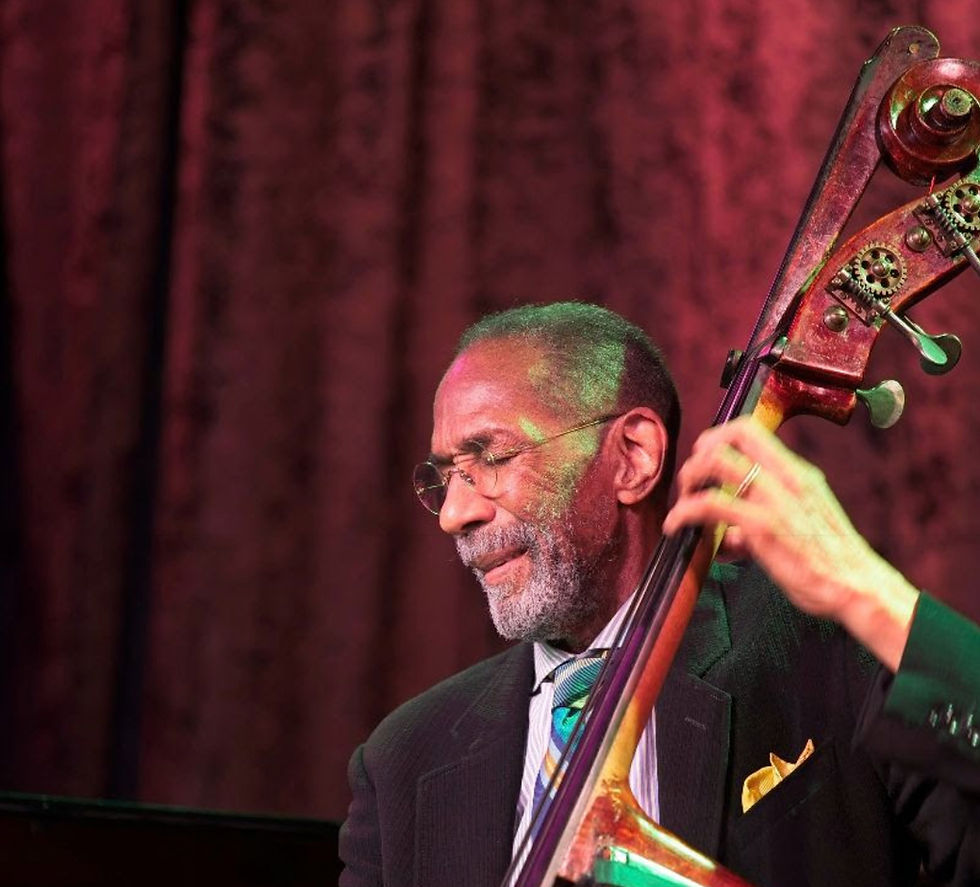Conceptual Jazz - Practicing Scales
- ChicagoJazz.com

- Jul 11, 2016
- 2 min read
In this issue, we will look at a very basic device that should not be overlooked in the development of a jazz player’s skills and intuitive vocabulary. But first, I would like to extend my gratitude to the Chicago Jazz Magazine staff for an exceptional feature on me in the May/June issue. I am honored and grateful for their efforts, and happy to be a contributing writer to this wonderful organization.
As in past articles, I have mentioned that the “intuitive vocabulary” is where music actually resides. That part of the musician’s mind, however, constantly craves for information to feed the wellspring of ideas that may be lying dormant.
As Monk proffered, “Jazz is my adventure.” It’s an adventure of your soul and mind. My articles are written to suggest paths of practical, solid theoretical concepts that can easily be turned into creative ideas. With that in mind, I have several suggestions for practicing scales.
The most common practice involves playing a given scale one or two octaves from any pitch within that scale. This is a very effective way of acquiring technique and mastering the various tonalities required in a fluid, masterful playing of jazz, be it straight ahead, modal or free.
But it is difficult to know the creative process of each individual.
There is an inner sense of freedom and formation of ideas, which identifies the level of a player. It’s not a contest, but rather qualities that comes across in their playing. I like the saying, “Art is how we decorate space; music is how we decorate time.” Just as we can clearly see the result of an artist’s concept interfacing with his technical and aesthetic skills, we can hear the musician or composer’s display of the same aspects and qualities.
Here are several ways to practice scales that can broaden your paths of expression. I would like to once again recommend Masaya Yamaguchi’s The Complete Thesaurus of Musical Scales as among the best available. The late Yusef A. Lateef’s Repository of Scales and Melodic Patterns is also highly recommended.
You may already have explored some of these examples. Even so, I always find a few “stone” that’s unturned in my knowledge and skills. For most, these examples will be very helpful in exploring various manipulations of scales and ways to approach practicing them.
Let’s start by practicing the C major scale using major and alternating 3rds, ascending and descending.

RECEIVE A HARD COPY OR PDF VERSION OF THE JULY/AUGUST ISSUE AND SEE THE FULL EXAMPLE ....CLICK HERE
About Frank Caruso
Frank Caruso is a jazz educator currently serving on the Jazz Studies faculty of Elmhurst College, and has a written a book on piano improvisation which can be found online at learnpianoimprovisation.com.Caruso also teaches at his private studio and may be reached at carusopiano@yahoo.com.
Save
Save







